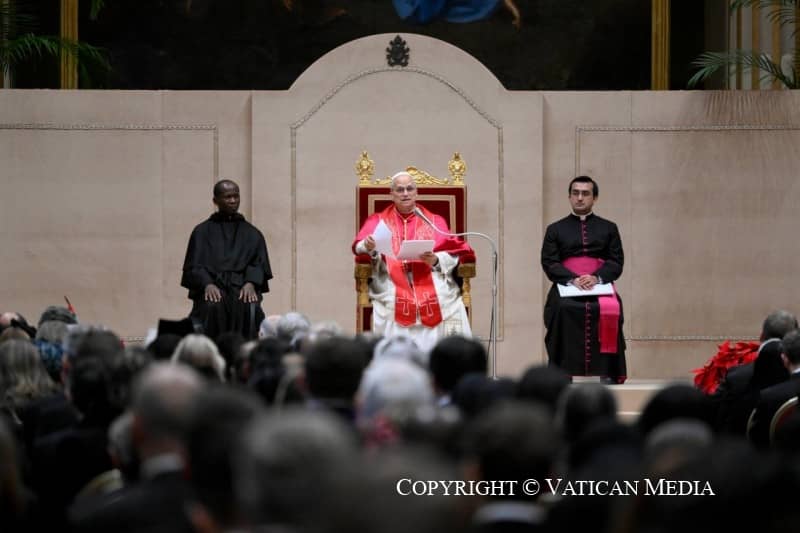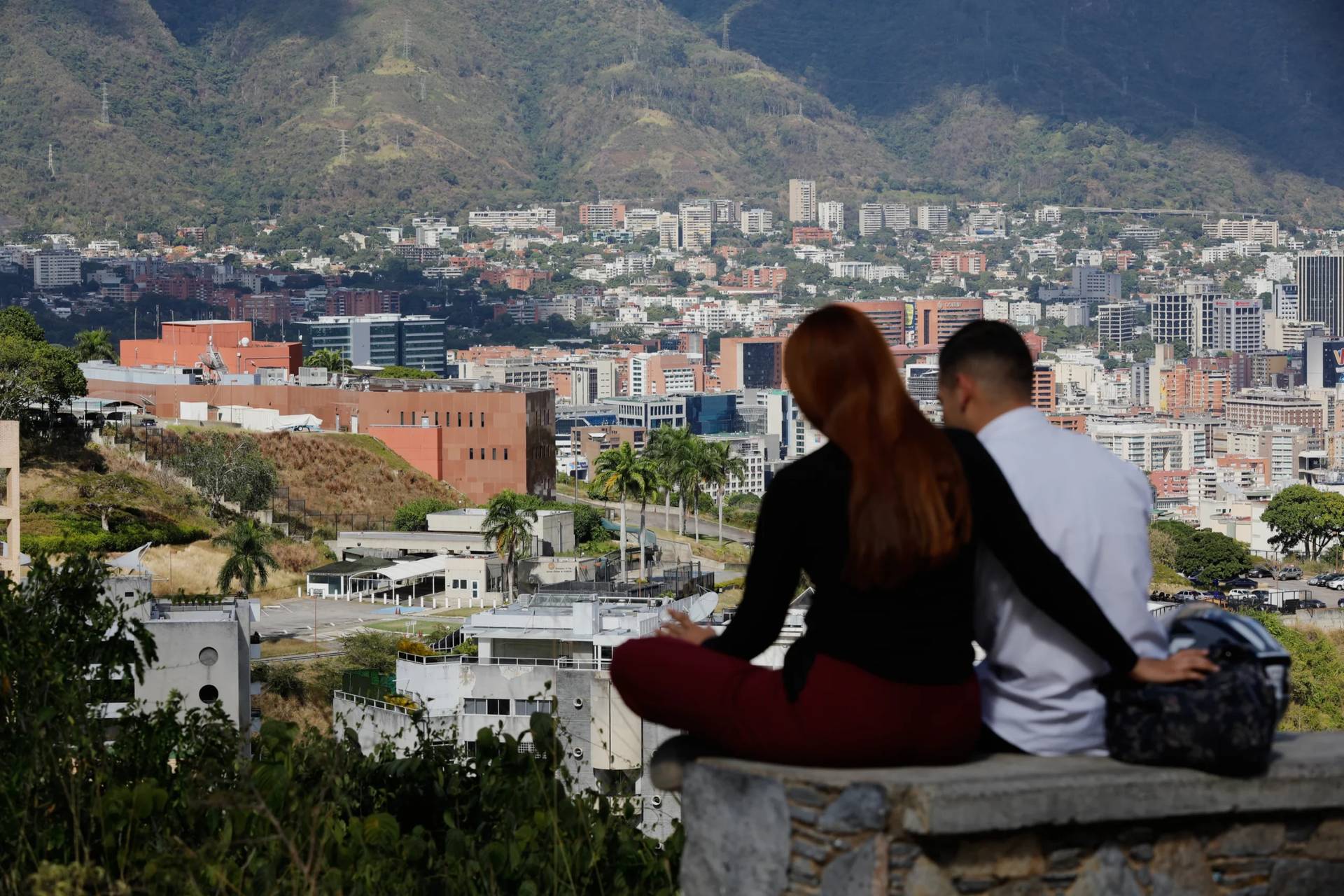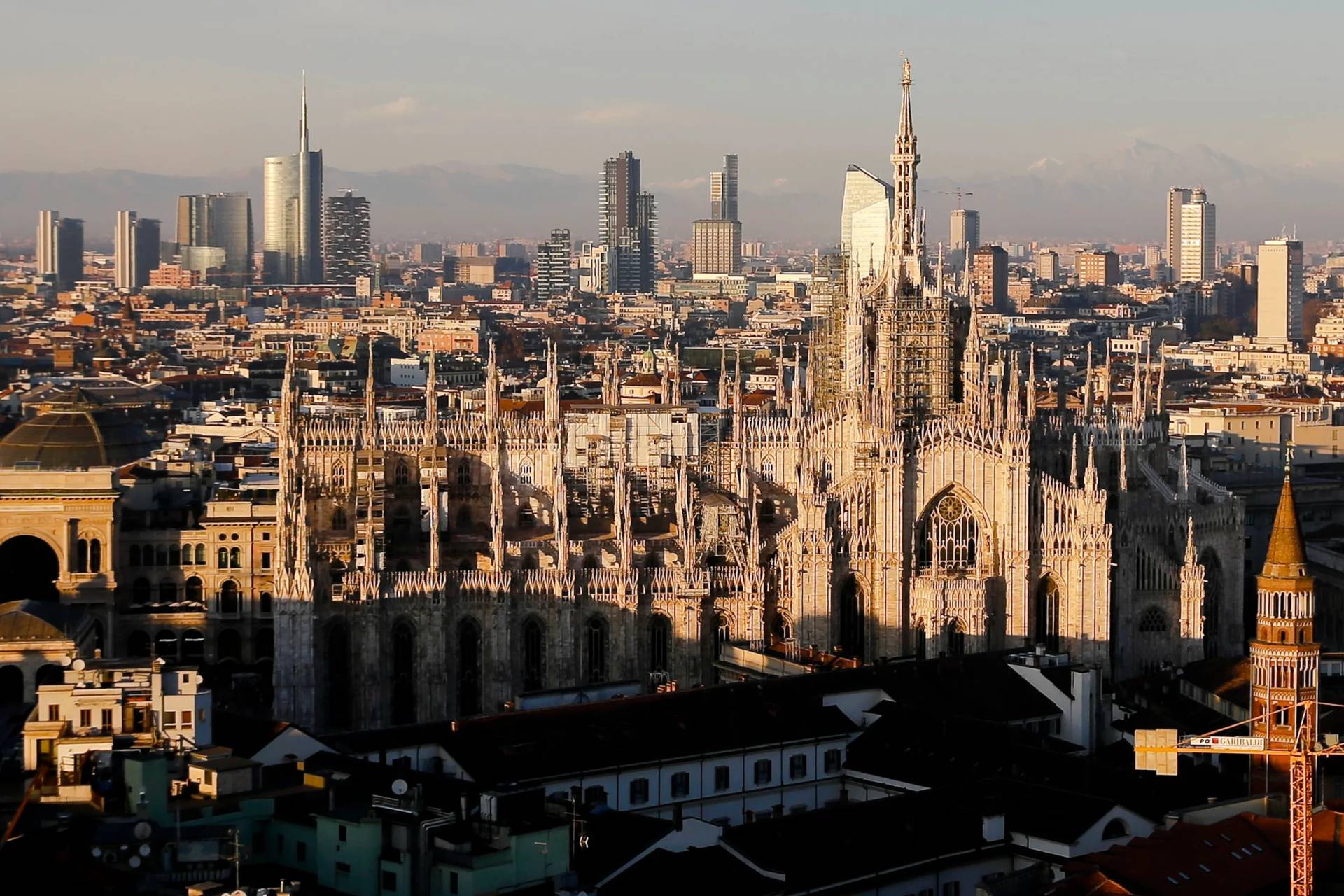LEICESTER, United Kingdom – Scotland’s Blairs Museum is showcasing a series of engravings of the Stations of the Cross for its 2022 season.
The Aberdeen-based museum is owned by the Scottish Catholic Heritage Collections Trust, a subsidiary of the Catholic Bishops’ Conference of Scotland, and is most famous for its collection of items related to Mary, Queen of Scots. It is only open on Fridays and Saturdays between April and September.
“The exhibition for 2022 consists of a set of engravings of the Stations of the Cross by Czechoslovakian engraver, Alois Petrak, from paintings by Joseph Ritter von Fuhrich,” said Elinor Vickers, the museum curator.

“This continues the theme of exhibits of the museum’s print collections, begun with the Piranesi exhibition and continued last year with prints by Giuseppe Capparoni. “Fuhrich was a member of the 19th century Nazarene movement in Germany which inspired the Pre-Raphaelite movement in the UK. The fourteen prints are both technically outstanding and deeply moving and are clearly inspired by the work of Durer, who was a profound influence upon Fuhrich’s work,” she said.
Albrecht Durer, who died in 1528 at the age of 56, was an important Renaissance artist who brought southern European artistic ideas to northern Germany. The Nazarene movement, which largely disbanded by the middle of the 19th century, sought to bring back the vibrant colors and complex compositions found before the 15th century, when the neo-classical movement began to dominate art. Probably the most famous work of the Nazarene movement are the frescos of the Casino Massimo in Rome, which now serves as the Rome monastery of the Franciscan Custody of the Holy Land.
Capparoni was from Rome, where he died in 1879, was famous for a series of prints he did over members of the Roman curia as well as the habits of the various religious orders. His prints were the basis of the costume design for the opening performance of Giacomo Puccini’s Tosca in 1900.

Vickers said that the Blairs Museum will also be displaying all the treasures from the permanent collection, such as the world-famous Memorial Portrait of Mary Queen of Scots, showing her dressed as she was on the day of her execution; the Blairs Jewel, a small miniature portrait of Mary Queen of Scots surrounded by relics of female saints; and the Jacobite portraits.
“We are privileged to be able to display the cloth of silver vestments of Henry Benedict; Bonnie Prince Charlie’s brother, for another year,” she added.
Henry Benedict Stuart was a Catholic cardinal, and the final Jacobite claimant to the British throne. He died in 1807.
The Jacobites were those seeking to restore the House of Stuart to the British throne after the Glorious Revolution forced the Catholic James II into exile. His elder brother led the last major Jacobite uprising in Scotland in 1745.
For those who can’t visit the museum, Vickers had some good news.
“Last year the museum gained a significant Recovery and Resilience Grant from Museums and Galleries Scotland to develop a new website. This enabled us to bring the museum and the collections to people in their own home if they are currently unable to visit,” she said.
“The website includes a virtual walkthrough of the museum with 3D scans of some of our most fascinating exhibits. On the website we are also bringing together information on all the collections belonging to the Scottish Catholic Heritage Collections Trust, not just at the museum, but also those at the University of Aberdeen and the Scottish Catholic Archive at Columba House in Edinburgh,” Vickers added.
Many of the items at the Blairs Museum had been on loan to the British Library in London for their “Elizabeth and Mary: Royal Cousins, Rival Queens” exhibit.
Follow Charles Collins on Twitter: @CharlesinRome














